Late Monday evening, a significant 4.9 magnitude earthquake startled West Texas, marking the most intense in a series of three seismic events that day.
Occurring at 10:38 p.m., this quake, along with its predecessors, was directly linked to local oil production activities, stirring up more than just the earth.
After the Big One: More Quakes in Scurry County

The tremors didn’t stop with the initial jolt.
Scurry County experienced two additional quakes within hours—the first, a 4.4 magnitude at around 10:46 p.m., and then a smaller, yet noticeable 3.1 magnitude quake just before midnight.
From the Expert’s Mouth: Oil Operations to Blame
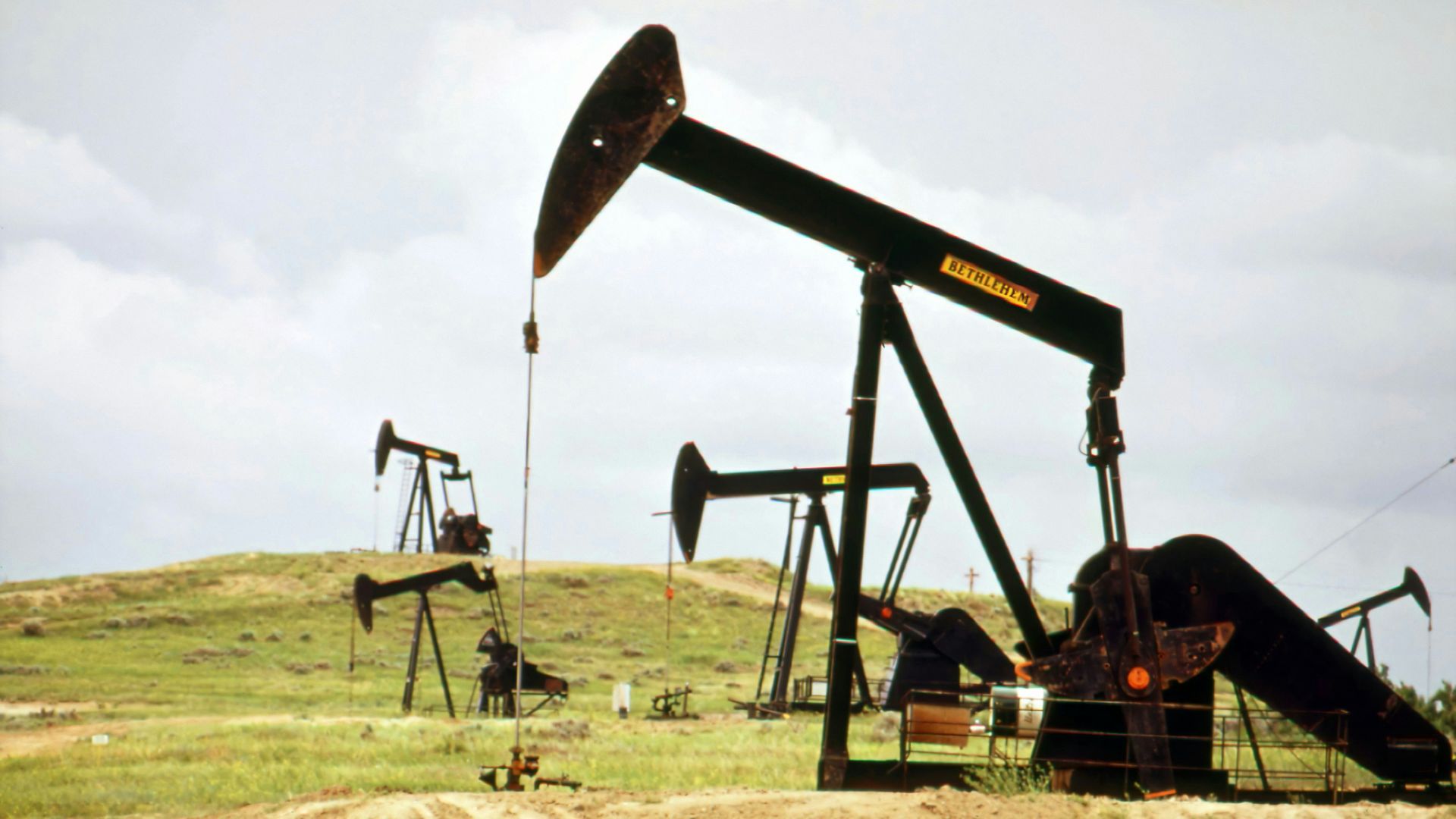
Justin Rubinstein, a geophysicist at the U.S. Geological Survey, clarified the unusual activity, stating, “We can say with confidence that these are related to oil and gas extractions.”
This link points to a growing concern about the impact of heavy industry on the traditionally stable geologic landscape.
A Record-Setting Shake
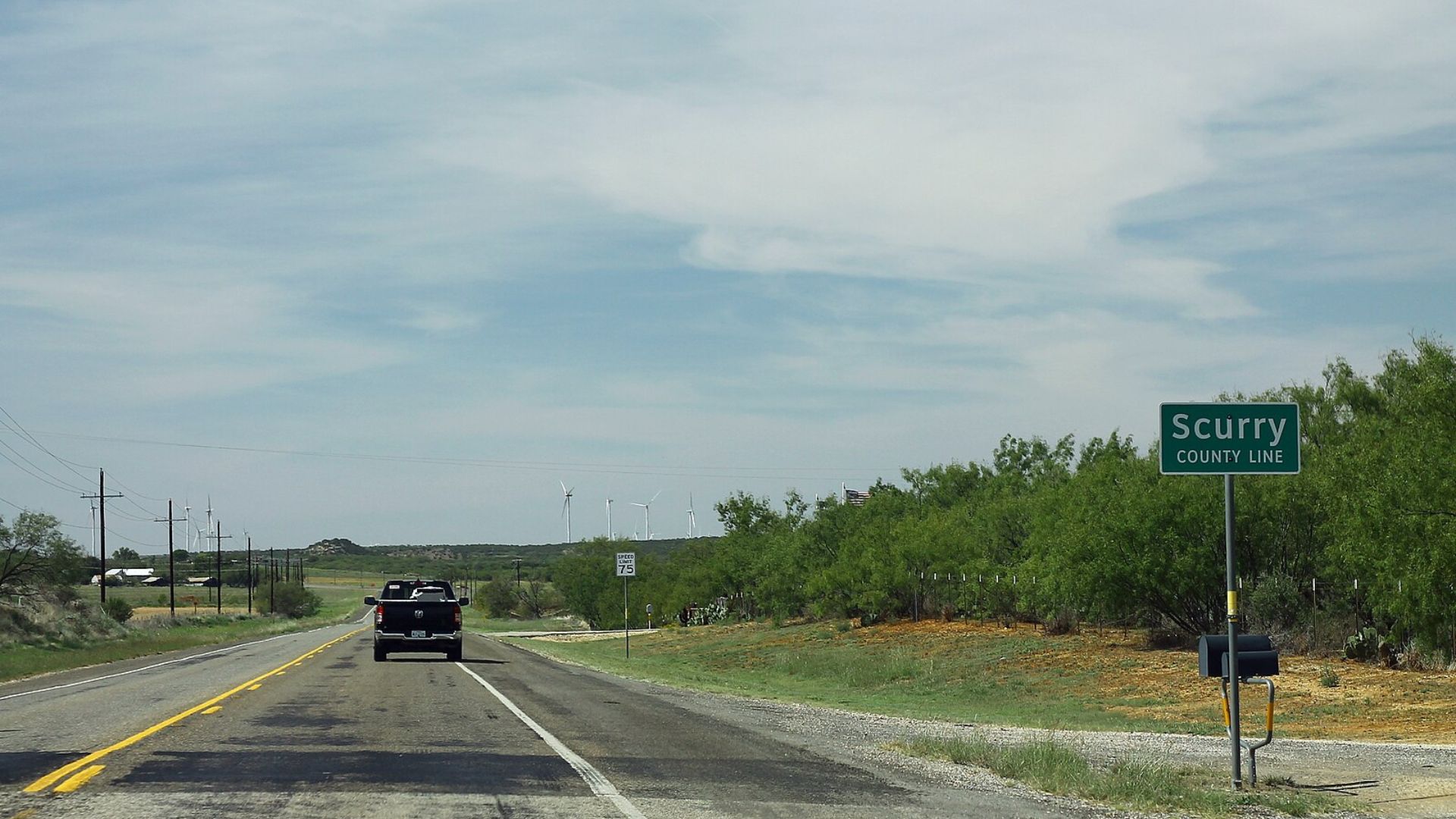
Not just any tremor, the 4.9 quake tied as the eighth strongest in Texas history.
Such a record highlights the escalating seismic responses in areas engaged in extensive oil production, an alarming trend for a region not known for natural seismic events.
Close Call: No Harm Done

Fortunately, the quakes struck areas with few residents, and no injuries or damage were reported.
The community breathed a sigh of relief, but the increasing regularity and strength of these events are hard to ignore.
Breaking Old Records
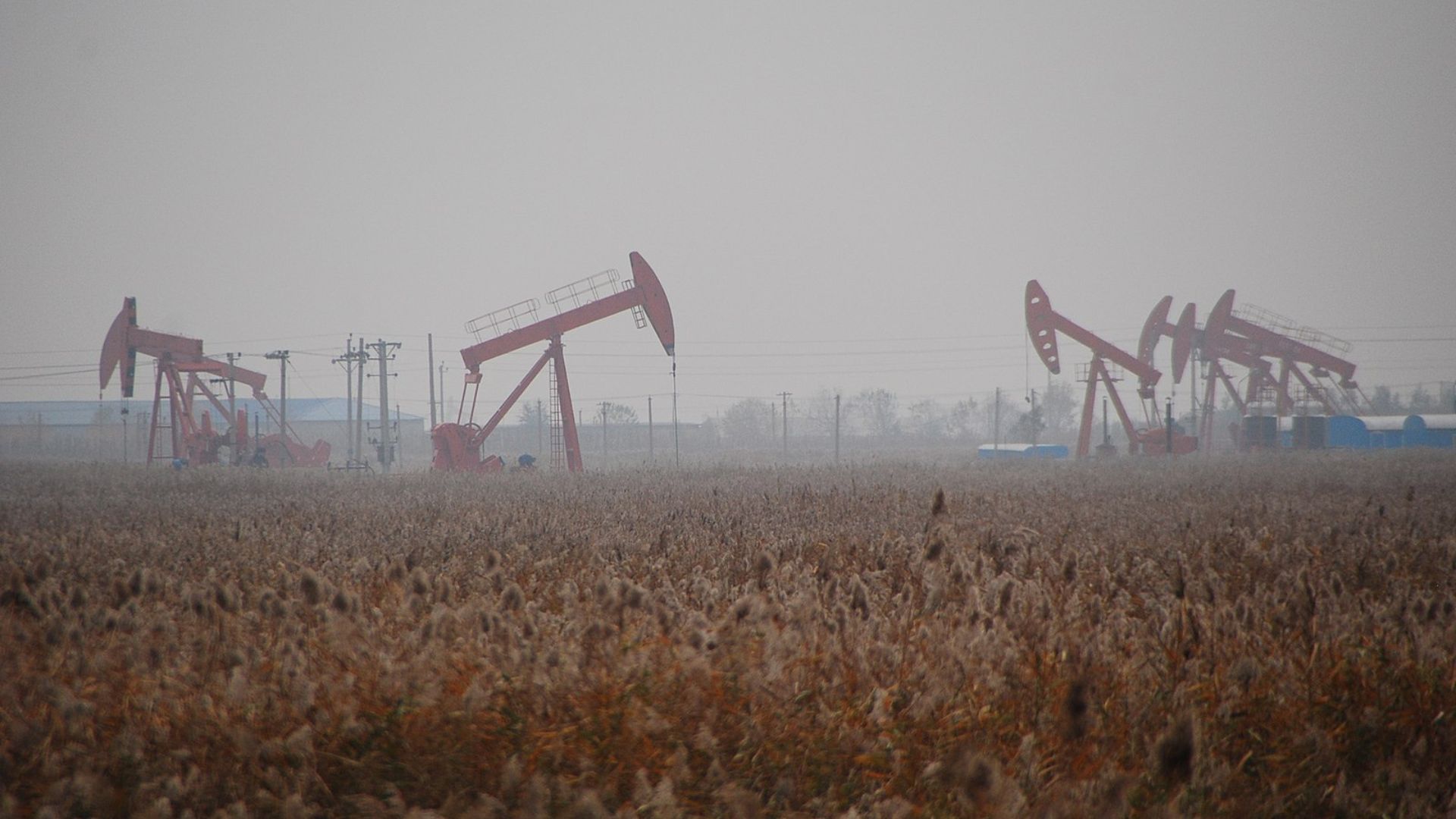
The Monday night event surpassed previous records, overtaking a 4.6 magnitude quake at the Cogdell Oil Field as the largest believed to be induced by oil recovery methods.
It’s a clear sign that the stakes are getting higher in the balance between energy production and environmental safety.
What Are Induced Earthquakes?
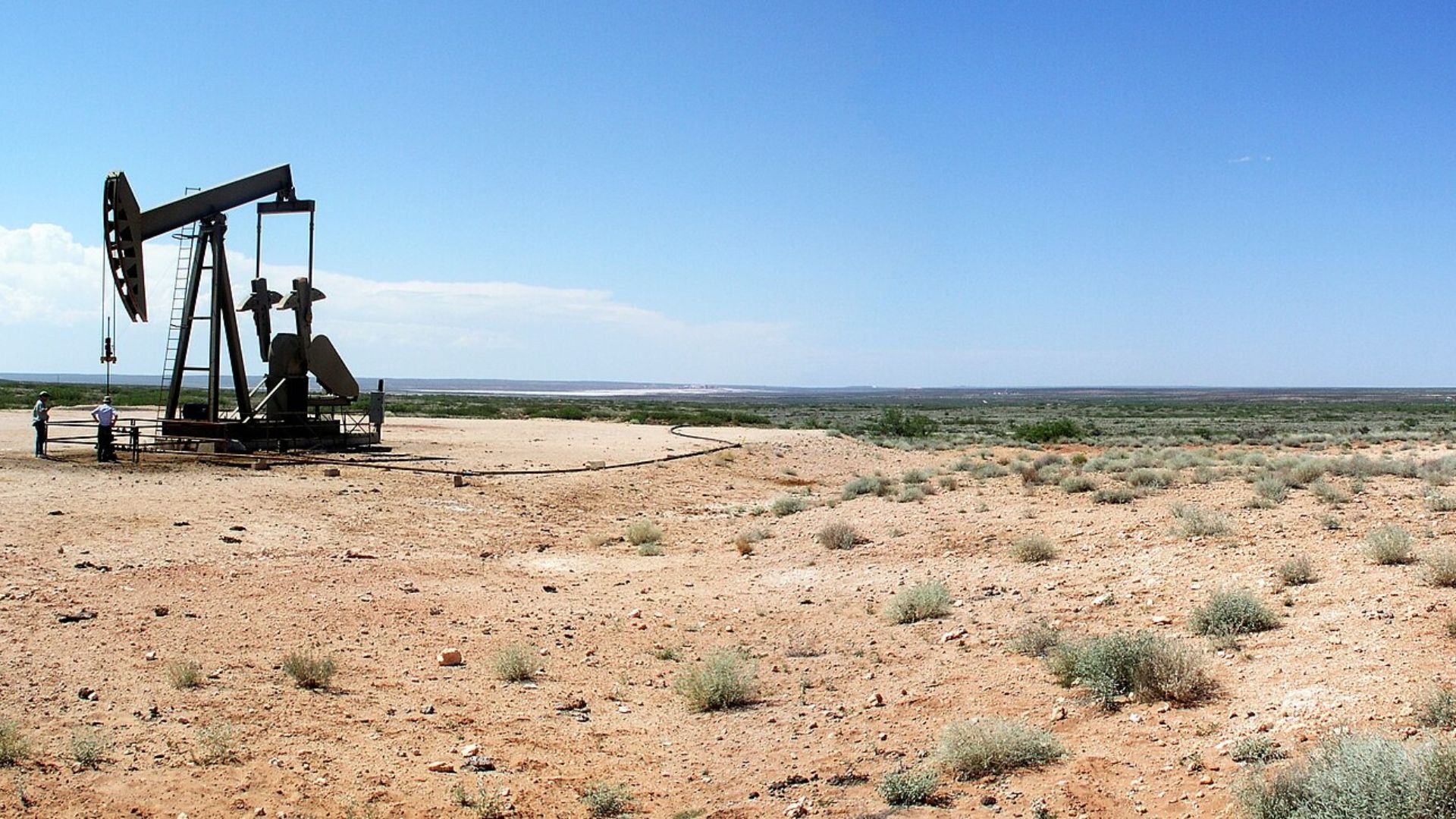
Induced earthquakes, or quakes triggered by human activities like oil and gas extraction, are becoming a more common feature in the landscape of industrial areas.
This phenomenon is a stark reminder of the potent forces at play beneath our feet.
Seismic Activity on the Rise
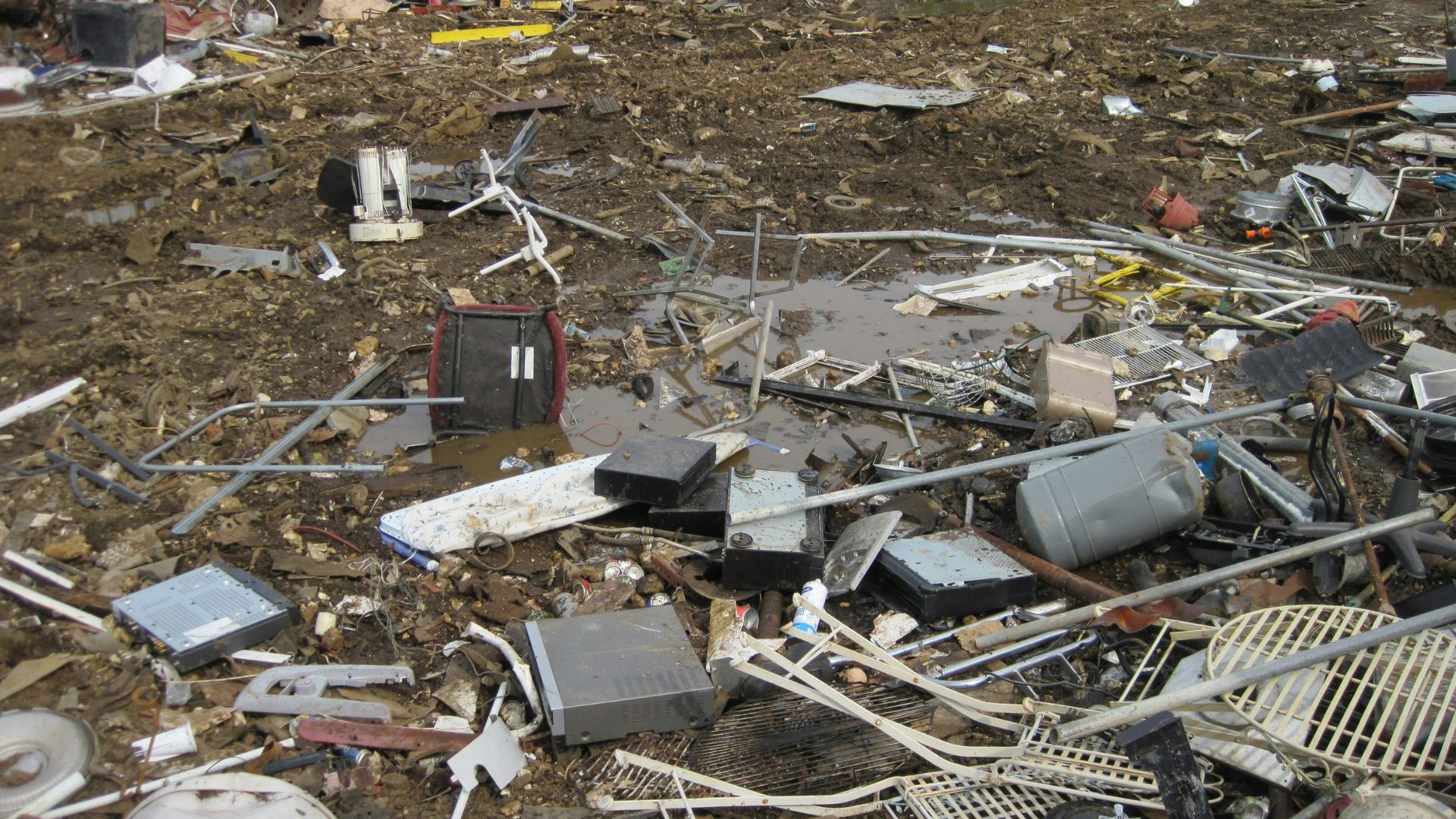
Since 2019, the area around Monday’s epicenter has seen a significant increase in quakes.
Researchers link this surge to new techniques aimed at squeezing more out of old oil fields, pushing the geological envelope further than ever before.
How Oil Recovery Shakes Things Up
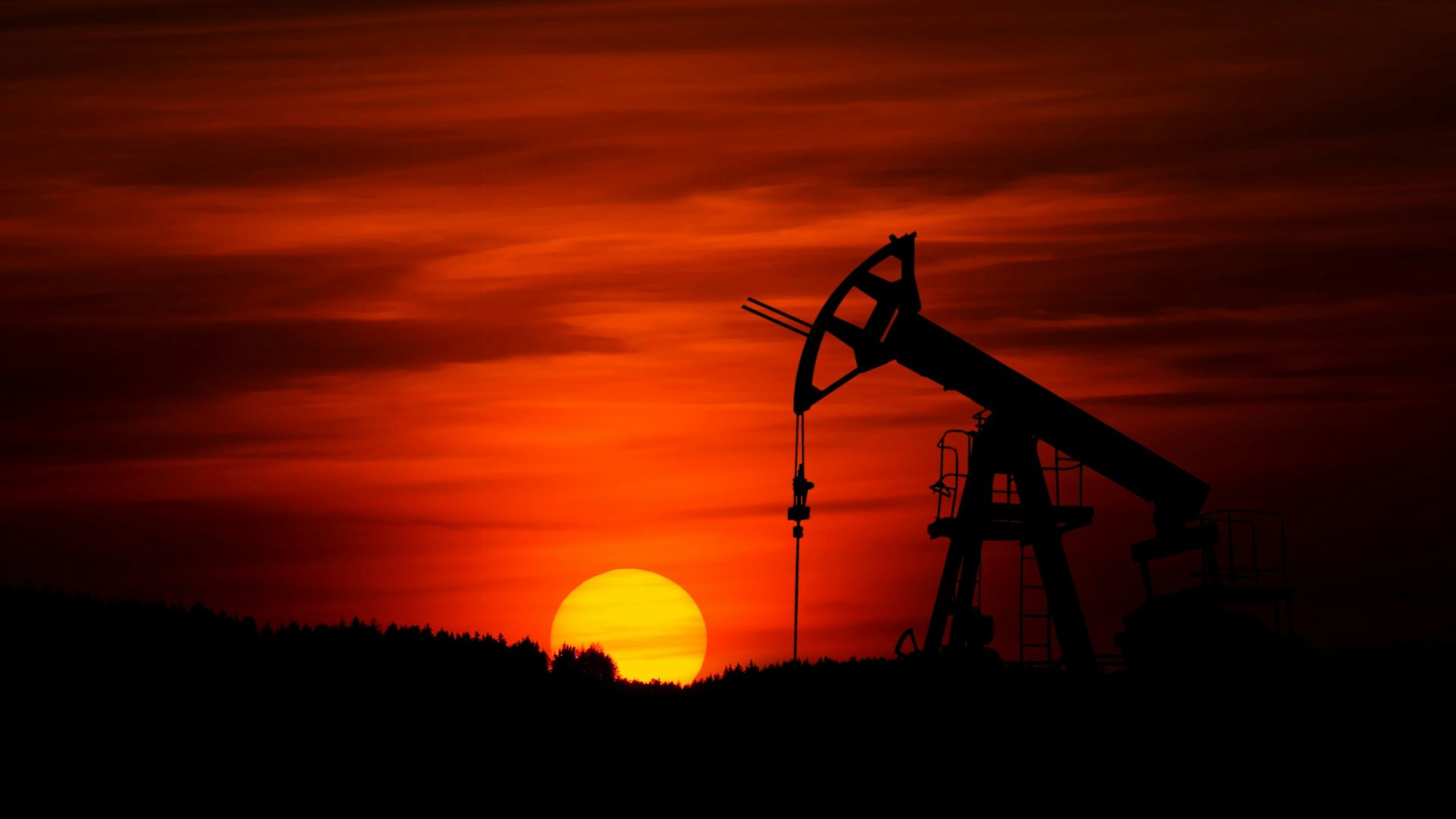
Justin Rubinstein shed light on current practices: “Say you have 100 wells in one oil and gas reservoir. You take half of the field out of production, inject a bunch of water into those wells, and the water pushes the oil over to the other side where it can be extracted.”
It’s a delicate operation that sometimes shakes more than just the market.
Searching for the Source

While the investigation continues, it’s highly likely the recent spate of earthquakes was sparked by advanced recovery techniques.
These methods adjust the underground pressures that are crucial for accessing deeper, more stubborn reserves.
Tremors Beyond Texas
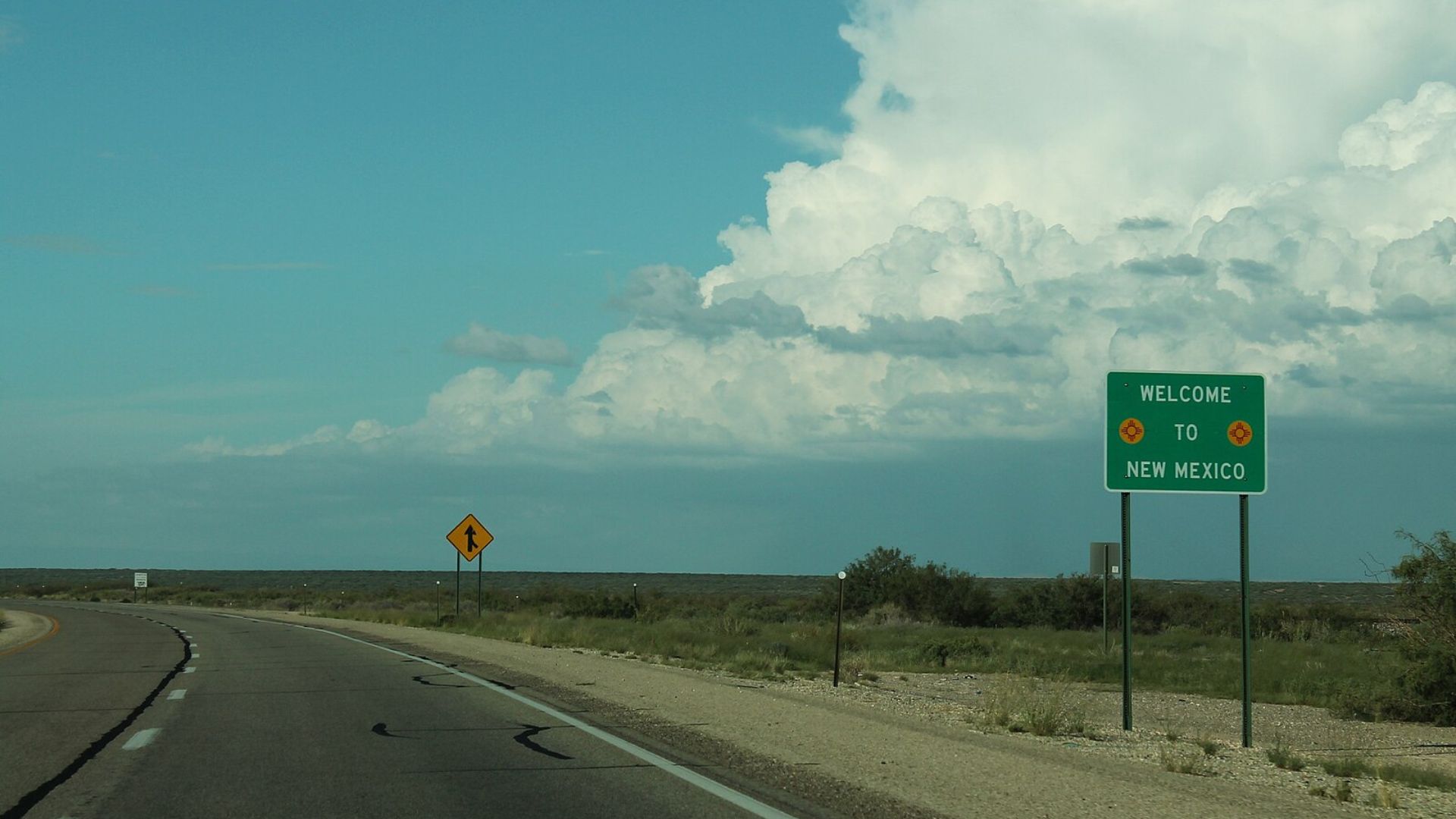
The ripples of activity extend beyond Texas borders.
Nearby Whites City, New Mexico, felt a 4.2 magnitude quake, followed by a 3.2 magnitude shake earlier. These too are suspected to be consequences of oil-related activities such as fracking and the disposal of wastewater.
Fracking’s Ripple Effects
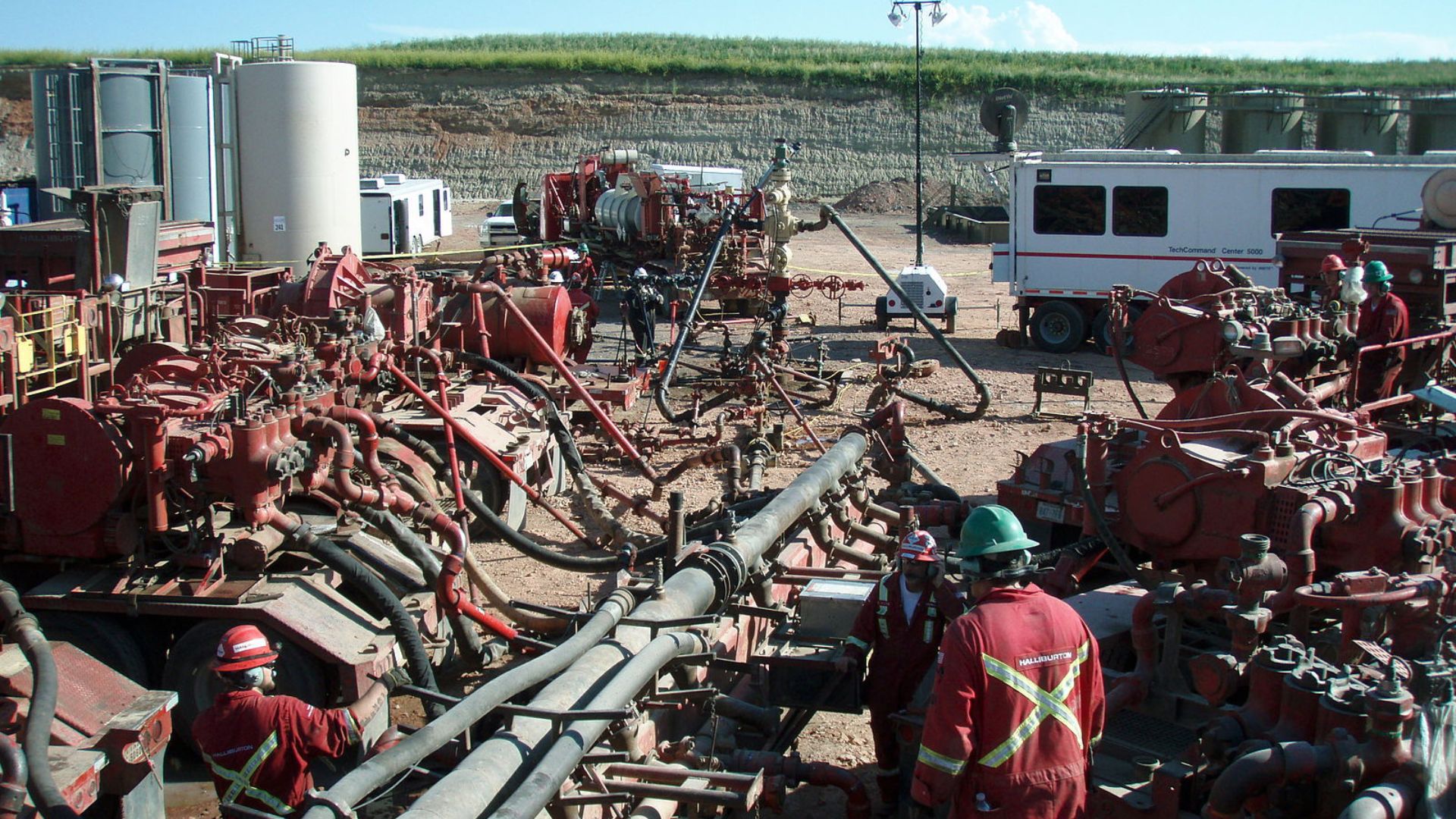
Fracking involves injecting liquids at high pressure to crack open rock layers and is notorious for its environmental footprint, including large volumes of wastewater.
This wastewater requires disposal in injection wells, a practice increasingly linked to the rising number of quakes. The interplay between pursuit of energy and environmental impact continues to challenge communities and regulators alike.
